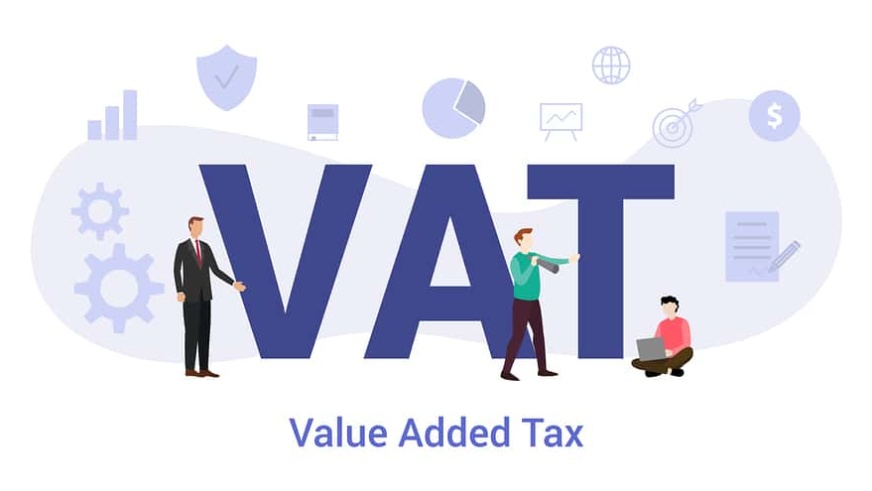From January 1st, 2018, all registered businesses in the UAE are required to charge 5% VAT on the supply of taxable goods and services. The VAT Registration collected from customers must be paid to the Federal Tax Authority trn verification (FTA). While it is clear that 5% VAT must be collected, the question is what will be the value on which VAT must be levied? Businesses need to pay attention to this, because if goods and services are undervalued, it leads to underpayment of tax and non-compliance, making businesses prone to legal problems. On the other hand, overvaluation will result in loss of revenue for businesses through extra taxes.
The process of determining the value on which tax must be charged is known as valuation. The ‘Value of Supply’ provision in the UAE VAT law provides guidelines to determine the appropriate value of supply on which VAT dubai must be charged. This removes ambiguities leading to undervaluation or overvaluation, and avoids disputes in determining the value.
Let’s understand how to determine the value of supply or do a valuation under UAE VAT Registration.
Value of Supply in UAE VAT
Before understanding how to determine the value of supply, we need to understand ‘Consideration’, which sets the scope for determining the value of supply.
Whatever is received or anticipated to be received for the provision of goods or services, whether in cash or other permissible forms of payment, is referred to as consideration under UAE VAT law. This indicates that consideration may be given in kind or in cash.
Based on the ‘consideration’ for goods and services received, determining the value of supply is categorized into:
Entire consideration received in money
Full or partial non-monetary consideration
Consideration received in money
If the entire consideration is monetary, the value of supply shall be the consideration less the Tax. In other words, the value of supply is the sale value including all charges and expenses like discounts, packing charges, etc.
Let’s understand this with an example:
Ali Spares Ltd sells spare parts worth AED 400,000 to a customer who paid by debit card. They also charge AED 5,000 for packaging.
Spare Parts: AED 400,000
Packaging Charges: AED 5,000
Here, the consideration is entirely monetary, so the value of supply will be the net value before VAT, which is AED 405,000 (Spare Parts AED 400,000 + Packing Charges AED 5,000). VAT Registration will be AED 20,250 (405,000 x 5%).
In this example, the values were exclusive of tax, making it relatively easy to determine the value. Generally, consideration is inclusive of tax invoice unless stated explicitly to be exclusive.
How can I find out if the value includes taxes?
Simply reduce the VAT dubai amount from the total consideration (inclusive value). To do this, use this formula:
VAT Amount = Total Consideration x 5 (VAT Rate) / (100 + 5% VAT)
The VAT amount from the formula should be reduced from the total consideration.
Let’s use an example:
Total consideration for the supply of spare parts is AED 425,250 inclusive of 5% VAT. To find the value of supply, reduce VAT from AED 425,250. Using the formula:
425,250 x 5 / 105 = VAT Amount AED 20,250. This is reduced from the total consideration to get the value of supply of AED 405,000.
In summary, the UAE VAT Registration law provides guidelines to accurately determine the taxable value of supplies to avoid under or over valuation. The key is to identify the total consideration, isolate the VAT component, and derive the actual value on which VAT applies.
You can also register for VAT Registration UAE on our website:
Home




